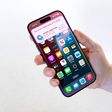Apple Pay is "coming soon" to The Netherlands, according to the Dutch bank ING. A teaser announcement on the bank's regional website, spotted by iPhoned.nl and iCulture.nl, revealed the news this morning.

The short press release doesn't give a launch date, and instead advises customers to keep an eye on the site and the bank's social media accounts to stay informed about the imminent arrival of Apple Pay in the country. Users of the ING mobile banking app can also expect to receive a message letting them know when they will be able to their add bank card to Apple's secure digital wallet for use on iPhone, iPad, Apple Watch, and Mac.
The Netherlands has waited a long time for Apple Pay. There were rumors in 2017 that Apple's mobile payment system would arrive in the country later the same year, but the launch failed to materialize and we've heard very little about it since. Meanwhile, Apple Pay went live in bordering countries Germany and Belgium in late 2018.
Apple Pay first launched in the United States in October 2014 and is also available in the United Kingdom, Canada, Australia, China, Hong Kong, Singapore, Switzerland, France, Japan, Spain, Italy, Sweden, Finland, Denmark, Russia, New Zealand, Brazil, Poland, Ireland, Ukraine, and the United Arab Emirates.
Apple CEO Tim Cook said in March that Apple Pay will be available in more than 40 countries and regions by the end of 2019.
Update: Portuguese bank Crédito Agrícola also recently announced that Apple Pay is coming soon. Hat-tip to MacRumors reader Rúben Antunes.

Update 2: The Apple Pay page for The Netherlands is now live and says the service will be available soon in the country.


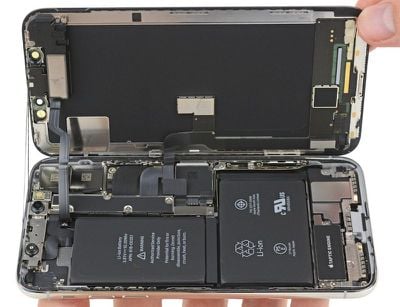
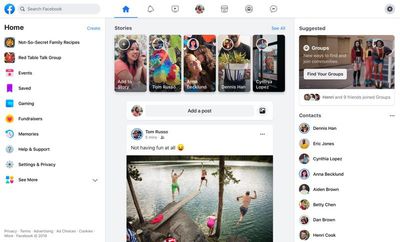
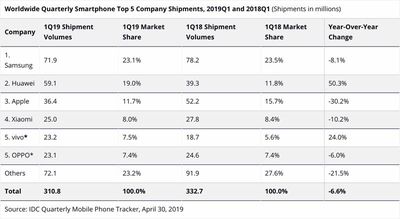
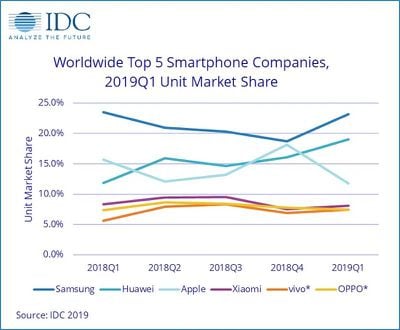

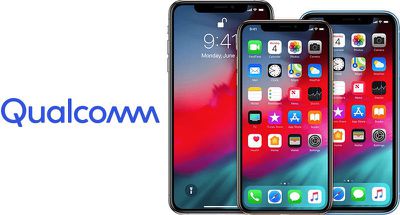
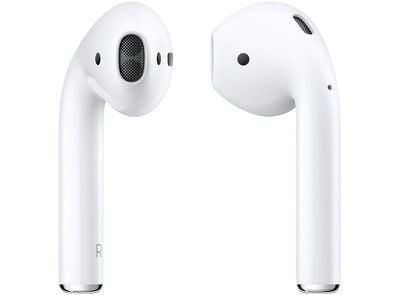
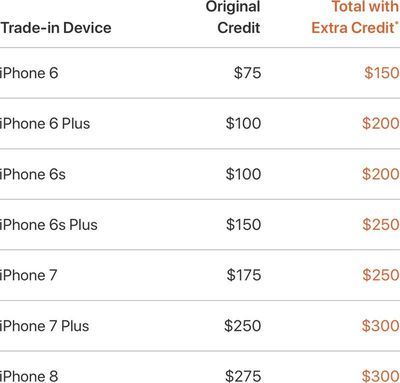
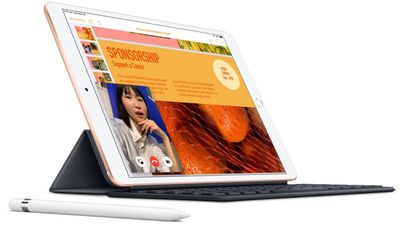

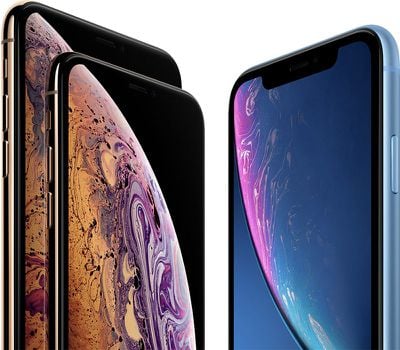
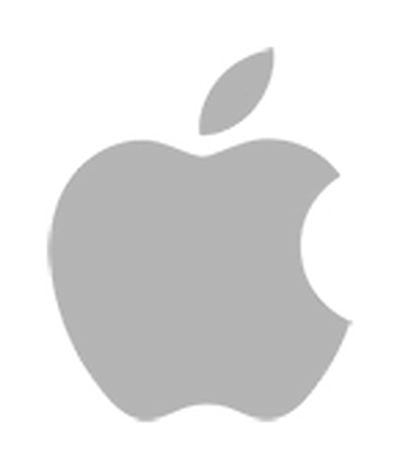 Apple today
Apple today 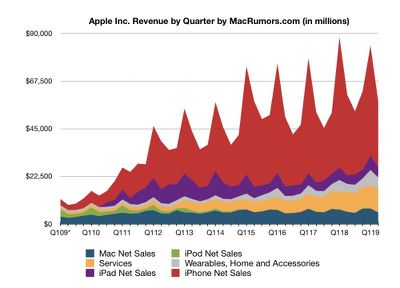
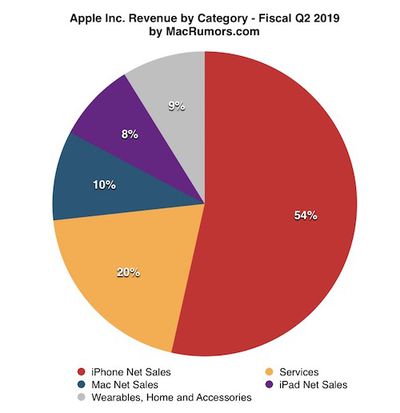

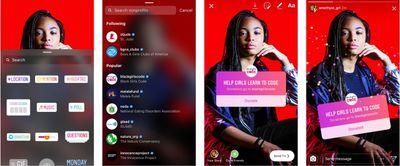

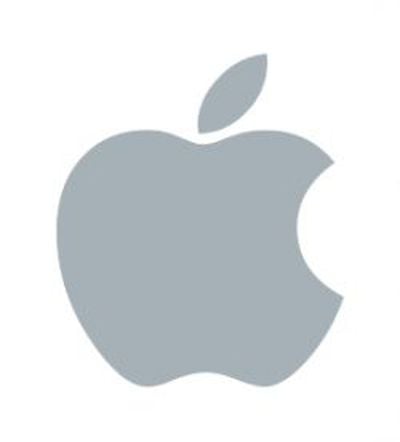 Apple is set to report its earnings results for the second quarter of its 2019 fiscal year at 1:30 p.m. Pacific Time today.
Apple is set to report its earnings results for the second quarter of its 2019 fiscal year at 1:30 p.m. Pacific Time today.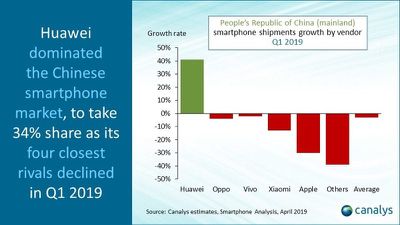
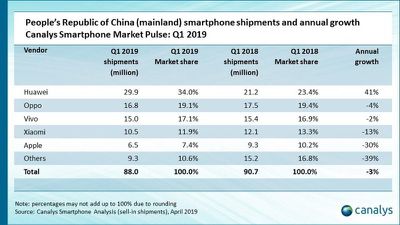
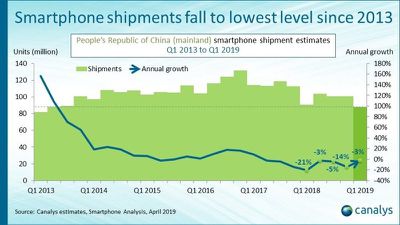

 Note: MacRumors is an affiliate partner with Best Buy. When you click a link and make a purchase, we may receive a small payment, which helps us keep the site running.
Note: MacRumors is an affiliate partner with Best Buy. When you click a link and make a purchase, we may receive a small payment, which helps us keep the site running.











